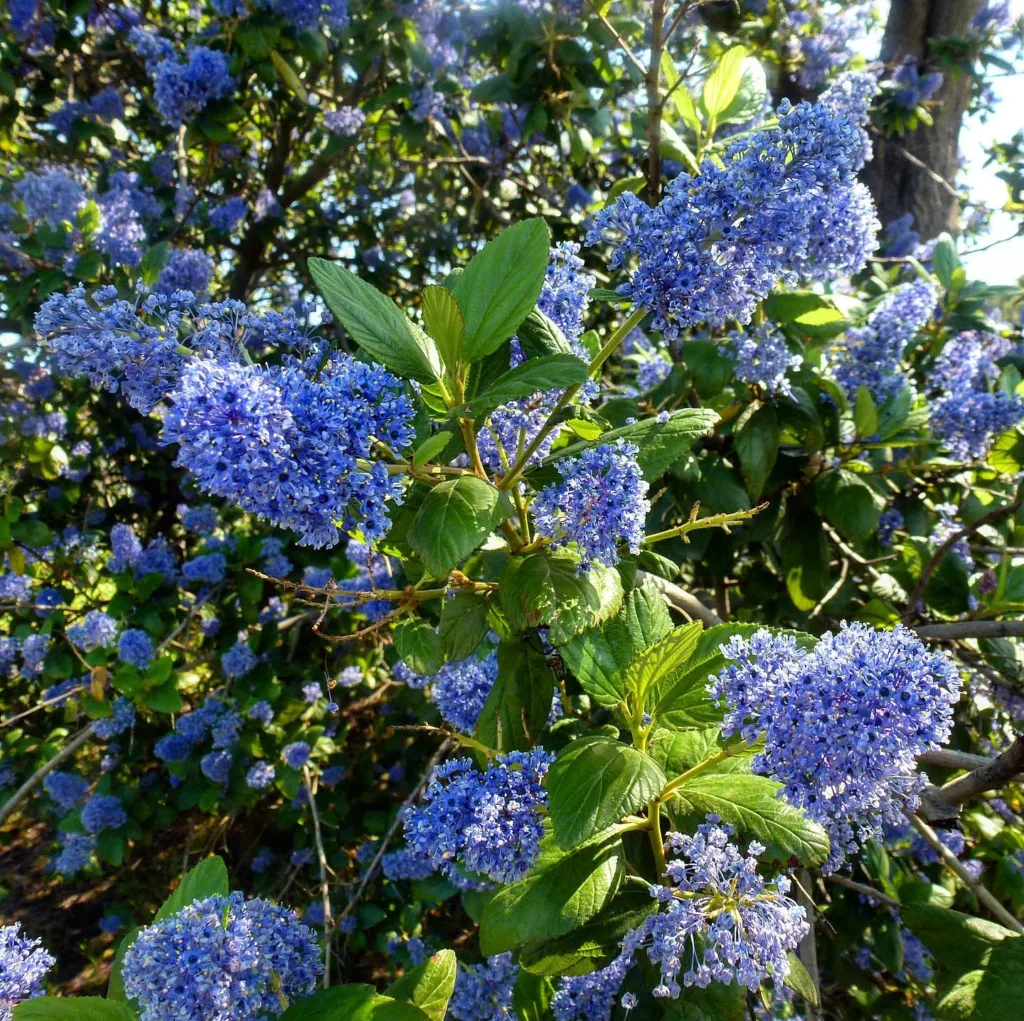
FAQs About Spiraea Douglasii: Everything You Need to Know
As an avid gardener, I’ve encountered a fair share of unique plants, but Spiraea Douglasii has certainly caught my attention. Often overshadowed by more common varieties, this stunning shrub deserves a spotlight. Here’s a comprehensive guide to understanding and caring for Spiraea Douglasii.
116 Species in Genus Spiraea
What is Spiraea Douglasii?
Spiraea Douglasii, commonly known as Douglas Spirea, is a deciduous shrub native to North America. Known for its vibrant pink to magenta flower clusters, it typically blooms from mid-summer to early fall. It grows well in various climates and adds a burst of color to gardens, especially in wetland or boggy areas where it thrives.
How to Care for Spiraea Douglasii?
Caring for Spiraea Douglasii is relatively straightforward. Here are some essential tips based on my experience:
- Location: It prefers full sun to partial shade. However, it blooms best with at least six hours of sunlight daily.
- Soil: Spiraea Douglasii thrives in moist, well-drained soil. While it can tolerate wet conditions, good drainage is crucial to prevent root rot.
- Watering: Regular watering is essential, especially during dry spells. Ensure the soil remains consistently moist but not waterlogged.
- Pruning: Prune the shrub after flowering to maintain its shape and promote new growth. Removing spent flowers and deadwood will also improve air circulation and reduce disease risk.
How to Propagate Spiraea Douglasii?
Propagating Spiraea Douglasii can be done through several methods:
- Cuttings: Take softwood cuttings in late spring or early summer. Dip the cuttings in rooting hormone and plant them in a mix of peat and perlite. Keep them moist and in a warm environment until roots develop.
- Division: Divide the shrub in early spring or fall. Carefully separate the root clumps and replant them in suitable locations. This method works best for mature plants.
What to Plant With Spiraea Douglasii?
Spiraea Douglasii pairs well with various companion plants. Here are some combinations that I’ve found visually appealing:
- Hostas: Their lush foliage contrasts beautifully with the bright flowers of Spiraea Douglasii.
- Astilbe: This perennial’s feathery flowers complement the spirea’s blooms, adding texture and color.
- Ferns: Their delicate fronds provide a nice backdrop to the bold flowers of Spiraea Douglasii.
Is Spiraea Douglasii Toxic?
One of the benefits of Spiraea Douglasii is that it is non-toxic to pets and humans. This makes it a safe choice for family gardens where children and animals are present.
Benefits of Growing Spiraea Douglasii
Growing Spiraea Douglasii offers several benefits:
- Aesthetic Appeal: Its vibrant blooms add a splash of color to any garden, especially during the summer and fall.
- Wildlife Friendly: The flowers attract pollinators like bees and butterflies, which helps support local ecosystems.
- Low Maintenance: Once established, it requires minimal care compared to other flowering shrubs.
Common Problems and Solutions
Despite its hardiness, Spiraea Douglasii can face some issues:
- Powdery Mildew: This fungal disease appears as a white powder on leaves. To prevent it, ensure good air circulation and avoid overhead watering. If it appears, treat with a fungicide or remove affected plant parts.
- Pest Infestations: Common pests include aphids and spider mites. Regularly inspect the plant and use insecticidal soap or neem oil if necessary.
Compare With Similar Plants
Spiraea Douglasii is often confused with other spirea species, such as Spiraea Japonica and Spiraea Bumalda. Here’s a quick comparison:
- Spiraea Japonica: Also known as Japanese Spirea, it has smaller, often pink flowers and prefers slightly drier conditions.
- Spiraea Bumalda: This variety features more compact growth and diverse flower colors, including red and pink.
In conclusion, Spiraea Douglasii is a versatile and attractive shrub that can enhance any garden. Its ease of care and vibrant blooms make it a favorite of mine. Whether you’re adding a splash of color to a wetland garden or looking for a reliable perennial, this spirea is definitely worth considering.
If i die, water my plants!



